
漢德百科全書 | 汉德百科全书
 Thailand
Thailand


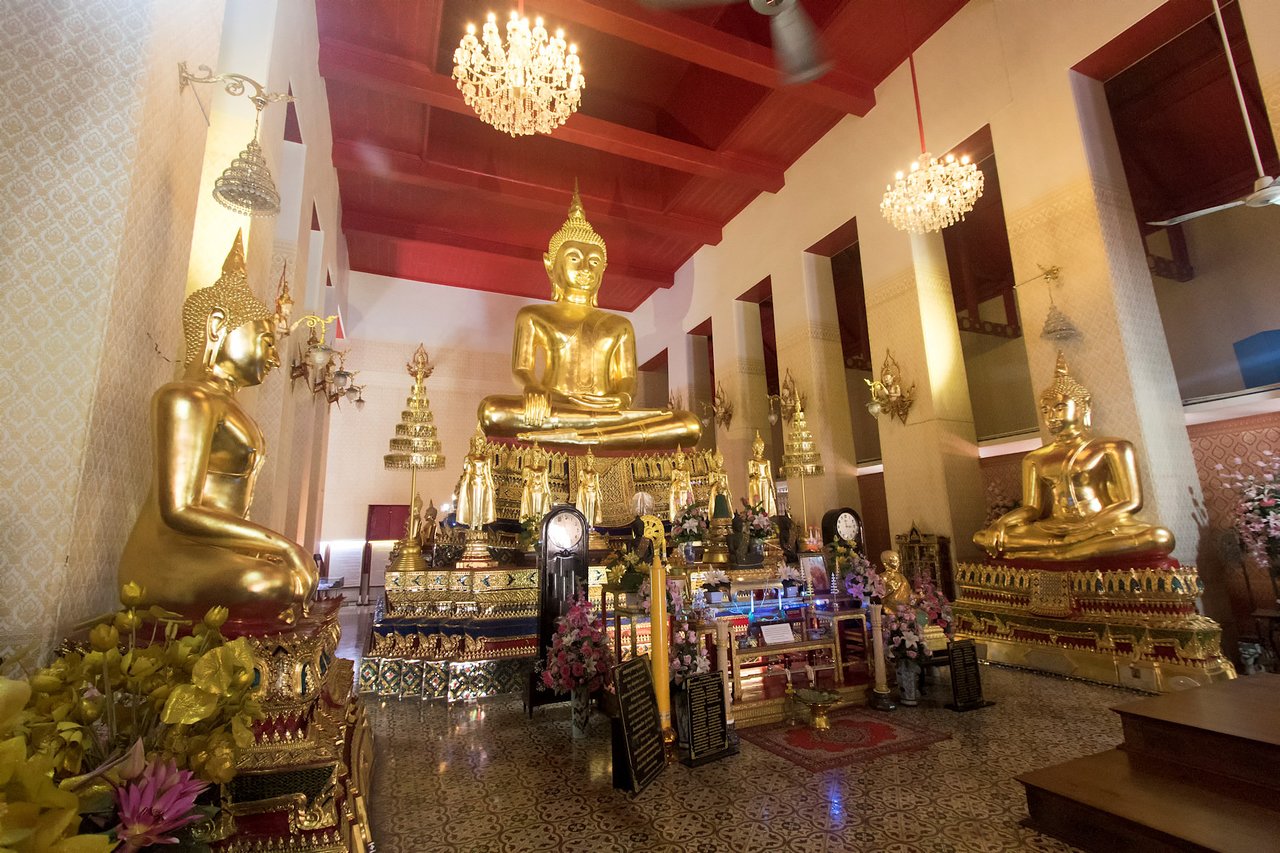

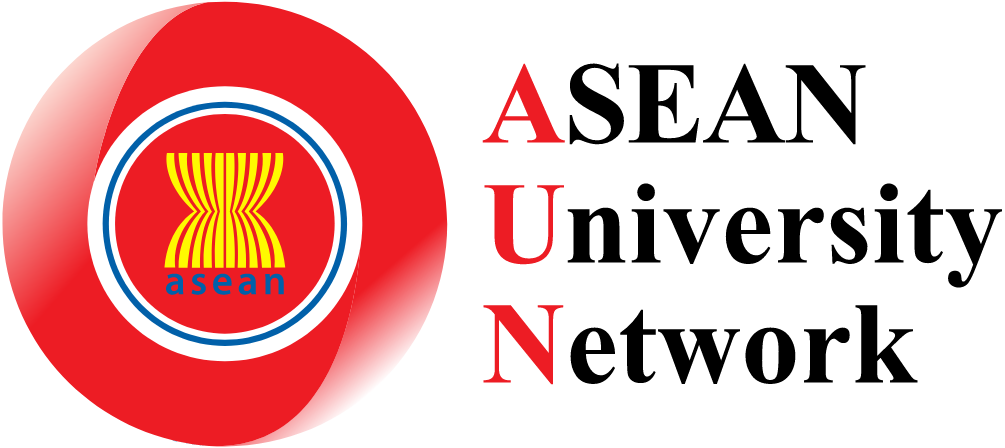 ASEAN University Network
ASEAN University Network

 Medical, Pharmaceutical, Rehabilitation
Medical, Pharmaceutical, Rehabilitation
 Medical colleges/Research Institute
Medical colleges/Research Institute
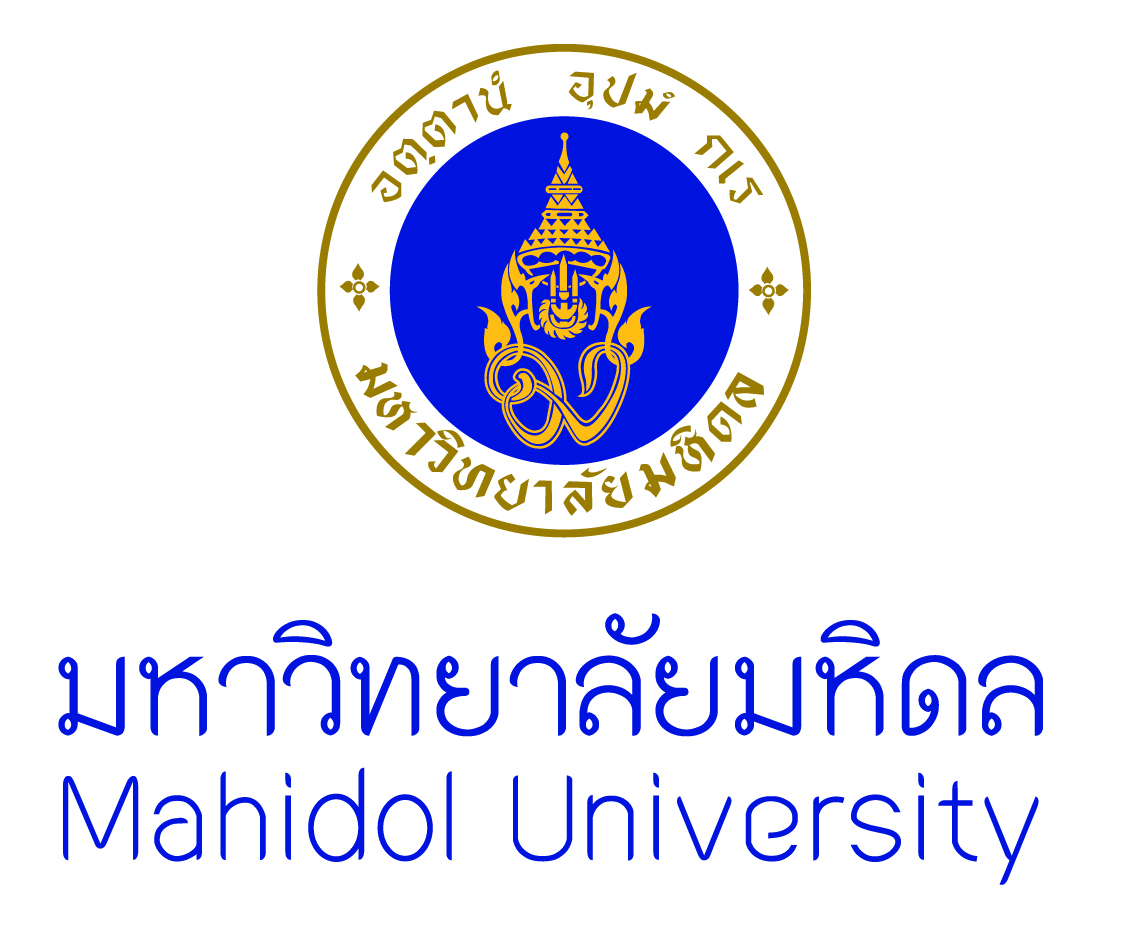
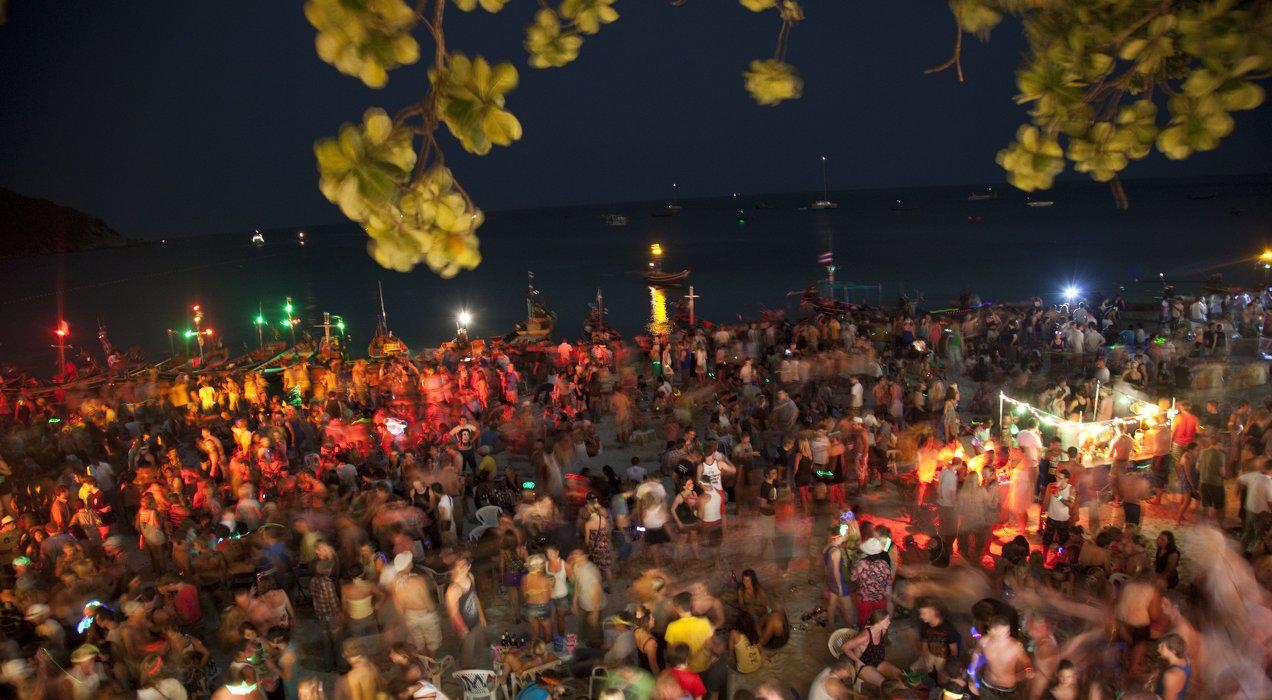
Die Full Moon Party ist eine große Veranstaltung, die bei jeder Vollmondnacht am Strand von Haad Rin, am südlichen Ostende der Insel Koh Pha-Ngan in Thailand, von den lokalen Diskotheken und Bars organisiert wird. Der gesamte Strand (und auch die anliegenden Lokale) ist dabei Tanzfläche für unzählige junge Menschen, die hier zu House, Techno, Trance, Goa, Reggae, R & B und Drum and Bass tanzen und feiern. Die Veranstaltung hat keinen kulturellen oder geschichtlichen Hintergrund und wird meist nicht genau zu Vollmond abgehalten, da zu diesem Zeitpunkt oft tatsächlich regionale religiöse Feiern stattfinden, welche sich mit der Party überschneiden würden.



Bangkok (thailändisch กรุงเทพมหานคร, Krung Thep Maha Nakhon, [kruŋ tʰêːp máʔhǎː náʔkʰɔːn],  anhören?/i; kurz กรุงเทพฯ, Krung Thep, [kruŋ tʰêːp]; historische Schreibung zum Teil auch Bankok[2]) ist seit 1782 die Hauptstadt des Königreichs Thailand. Sie hat einen Sonderverwaltungsstatus und wird von einem Gouverneur regiert. Die Hauptstadt hat 8,249 Millionen Einwohner (Volkszählung 2010) und ist die mit Abstand größte Stadt des Landes. In der Bangkok Metropolitan Region (BMR), der größten Metropolregion in Thailand, leben insgesamt 14,566 Millionen Menschen (Volkszählung 2010).[1]
anhören?/i; kurz กรุงเทพฯ, Krung Thep, [kruŋ tʰêːp]; historische Schreibung zum Teil auch Bankok[2]) ist seit 1782 die Hauptstadt des Königreichs Thailand. Sie hat einen Sonderverwaltungsstatus und wird von einem Gouverneur regiert. Die Hauptstadt hat 8,249 Millionen Einwohner (Volkszählung 2010) und ist die mit Abstand größte Stadt des Landes. In der Bangkok Metropolitan Region (BMR), der größten Metropolregion in Thailand, leben insgesamt 14,566 Millionen Menschen (Volkszählung 2010).[1]
Die Stadt ist das politische, wirtschaftliche und kulturelle Zentrum Thailands mit Universitäten, Hochschulen, Palästen und über 400 Wats (buddhistische Tempelanlagen und Klöster) sowie wichtigster Verkehrsknotenpunkt des Landes. In Bangkok ist auch die Wirtschafts- und Sozialkommission für Asien und den Pazifik (UNESCAP) beheimatet. Mit mehr als 17 Millionen ausländischen Touristen war Bangkok im Jahr 2013 die meistbesuchte Stadt der Welt, bevor sie 2014 wieder von London abgelöst wurde und seither auf Platz 2 rangiert.[3] Seit 2016 steht Bangkok mit über 20 Millionen Touristen jährlich auf Platz 1 der meistbesuchten Städte der Welt.
曼谷(法语:Bangkok),官方名字功特玛哈那空[2](泰语:กรุงเทพมหานคร,转写:krung deːb mahaː nagara,皇家拉丁音译:Krung Thep Maha Nakhon,国际音标:[krūŋ tʰêːp mahǎː nákʰɔ̄ːn] 聆听 帮助·信息),泰国口语简称功特[2](泰语:กรุงเทพ,皇家拉丁音译:Krung Thep,国际音标:[krūŋ tʰêːp],
聆听 帮助·信息),泰国口语简称功特[2](泰语:กรุงเทพ,皇家拉丁音译:Krung Thep,国际音标:[krūŋ tʰêːp], 聆听 帮助·信息),是泰国首都与最大城市,在当地华人社区亦作泰京,为泰国政治、经济、贸易、交通、文化、科技、教育与各方面中心。位于昭披耶河东岸,近泰国湾。
聆听 帮助·信息),是泰国首都与最大城市,在当地华人社区亦作泰京,为泰国政治、经济、贸易、交通、文化、科技、教育与各方面中心。位于昭披耶河东岸,近泰国湾。
バンコク都(バンコクと、フランス語: Bangkok,[bāːŋ kɔ̀ːk], 聴く[ヘルプ/ファイル])正式名称クルンテープマハーナコーン(กรุงเทพมหานคร,[krūŋ tʰêːp mahǎː nákʰɔ̄ːn])は[1]、タイ王国の首都。タイでは、クルンテープ(กรุงเทพ,[krūŋ tʰêːp],
聴く[ヘルプ/ファイル])正式名称クルンテープマハーナコーン(กรุงเทพมหานคร,[krūŋ tʰêːp mahǎː nákʰɔ̄ːn])は[1]、タイ王国の首都。タイでは、クルンテープ(กรุงเทพ,[krūŋ tʰêːp], 聴く[ヘルプ/ファイル])の通称で呼ばれている[2]。
聴く[ヘルプ/ファイル])の通称で呼ばれている[2]。
人口8,249,117人(2010年)、面積1568.737 km2。都市圏人口は2018年時点で1600万人を超えており、世界有数の大都市圏を形成している[3]。ASEAN経済の中心地で、東南アジア屈指の世界都市でもある。
タイの王宮や政治の中枢機関が集中しているだけでなく、交通と宿泊施設の整ったバンコクは多くの各国要人を招き、アジアで2番目に多くの国際会議が開かれる都市であり[4]、政治的に多大な影響力を持つ。
Bangkok,[a] officially known in Thai as Krung Thep Maha Nakhon[b] and colloquially as Krung Thep,[c] is the capital and most populous city of Thailand. The city occupies 1,568.7 square kilometres (605.7 sq mi) in the Chao Phraya River delta in central Thailand and has an estimated population of 10.539 million as of 2020, 15.3 percent of the country's population. Over 14 million people (22.2 percent) lived within the surrounding Bangkok Metropolitan Region at the 2010 census, making Bangkok an extreme primate city, dwarfing Thailand's other urban centres in both size and importance to the national economy.
Bangkok traces its roots to a small trading post during the Ayutthaya Kingdom in the 15th century, which eventually grew and became the site of two capital cities, Thonburi in 1768 and Rattanakosin in 1782. Bangkok was at the heart of the modernization of Siam, later renamed Thailand, during the late-19th century, as the country faced pressures from the West. The city was at the centre of Thailand's political struggles throughout the 20th century, as the country abolished absolute monarchy, adopted constitutional rule, and underwent numerous coups and several uprisings. The city, incorporated as a special administrative area under the Bangkok Metropolitan Administration in 1972, grew rapidly during the 1960s through the 1980s and now exerts a significant impact on Thailand's politics, economy, education, media and modern society.
The Asian investment boom in the 1980s and 1990s led many multinational corporations to locate their regional headquarters in Bangkok. The city is now a regional force in finance and business. It is an international hub for transport and health care, and has emerged as a centre for the arts, fashion, and entertainment. The city is known for its street life and cultural landmarks, as well as its red-light districts. The Grand Palace and Buddhist temples including Wat Arun and Wat Pho stand in contrast with other tourist attractions such as the nightlife scenes of Khaosan Road and Patpong. Bangkok is among the world's top tourist destinations, and has been named the world's most visited city consistently in several international rankings.
Bangkok's rapid growth coupled with little urban planning has resulted in a haphazard cityscape and inadequate infrastructure. Despite an extensive expressway network, an inadequate road network and substantial private car usage have led to chronic and crippling traffic congestion, which caused severe air pollution in the 1990s. The city has since turned to public transport in an attempt to solve the problem, operating five rapid transit lines and building other public transit, but congestion still remains a prevalent issue. The city faces long-term environmental threats such as sea level rise due to climate change.
Bangkok (thaï : กรุงเทพมหานคร, Krungthep Mahanakhon) est la capitale de la Thaïlande. La ville a également le statut de province.
La ville occupe une superficie de 1 569 km2 dans le delta du fleuve Chao Phraya en Thaïlande centrale et son nombre d’habitants est supérieur à 9 millions, plus de 19 millions de personnes habitent l’aire métropolitaine de la capitale, soit plus que tous les autres centres urbains du pays.
Les racines de Bangkok remontent à un petit comptoir commercial créé durant le Royaume d’Ayutthaya au xve siècle au bord du fleuve Chao Phraya qui prend de l’importance avant de devenir le site d’une première capitale, Thonburi, en 1768. Mais la date officielle de sa fondation par Rama Ier, premier roi de la dynastie Chakri, est le 6 avril 1782, sur l’autre rive du fleuve. Bangkok s’inscrit au xixe siècle au cœur du mouvement de modernisation du royaume de Siam, alors que le pays subit la pression des nations colonisatrices européennes. La ville est ensuite au xxe siècle le théâtre de l’évolution politique de la Thaïlande, notamment avec l’abolition de la monarchie absolue, l’adoption d’une constitution, et plusieurs soubresauts politiques parfois violents. La ville a connu une formidable croissance à partir des années 1960 et exerce aujourd’hui une influence centrale sur la vie politique, économique, culturelle, universitaire et médiatique de la Thaïlande1.
Le boom économique asiatique des années 1980 et 1990 a amené beaucoup d’entreprises multinationales à installer leur siège régional à Bangkok. La ville est un important pôle d’affaires. C’est également une plateforme internationale pour les transports et la santé, tout comme pour les arts, la mode, les spectacles et le tourisme. Bangkok fait partie des villes les plus visitées au monde.
Bangkok (in thailandese: บางกอก?), in thai ufficialmente denominata Krung Thep Maha Nakhon o Krung Thep (in thailandese: กรุงเทพมหานคร?, กรุงเทพฯ; pronuncia[?·info]), è la capitale e la città più estesa e popolosa della Thailandia, situata lungo il fiume Chao Phraya, nei pressi del golfo della Thailandia. Secondo il censimento del 2010, aveva una popolazione di oltre 8,3 milioni di abitanti, pari al 12,6% del totale del paese, mentre erano oltre 14,6 milioni (22,2%) quelli che vivevano nella regione metropolitana, che comprende anche le province circostanti.[1] Tra le città più popolose e trafficate del mondo,[2] nonché una delle destinazioni preferite del turismo mondiale, a partire dalla seconda metà del XX secolo ha conosciuto un rapidissimo sviluppo industriale, rappresentando una delle città economicamente più dinamiche del sud-est asiatico.
Bangkok u oficialmente Krung Thep Mahanakhon ([bāːŋ kɔ̀ːk] en tailandés, กรุงเทพมหานคร o กรุงเทพ  [krūŋ tʰêːp mahǎː nákʰɔ̄ːn] (?·i), RTGS: Krung Thep Mahanakhon traducido como «La ciudad de los ángeles»)1 es la capital y ciudad principal de Tailandia.2 Aunque el nombre oficial de la capital no es Bangkok, es comúnmente empleado internacionalmente para referirse a la ciudad.3
[krūŋ tʰêːp mahǎː nákʰɔ̄ːn] (?·i), RTGS: Krung Thep Mahanakhon traducido como «La ciudad de los ángeles»)1 es la capital y ciudad principal de Tailandia.2 Aunque el nombre oficial de la capital no es Bangkok, es comúnmente empleado internacionalmente para referirse a la ciudad.3
Bangkok significa «aldea de la ciruela silvestre» y es el nombre de una parte del lado del río Thon Buri. Así pues, Bangkok es conocida como Krung Thep Mahanakhon. Fue un pequeño puesto de comercio en la desembocadura del río Chao Phraya durante el reino de Ayutthaya. Llegó al primer plano de Siam, cuando recibió el estatus de ciudad capital en 1768 después de la quema de Ayutthaya.4 Sin embargo el actual reino Rattanakosin no comenzó hasta 1782 cuando Rama I trasladó la capital a la isla de Rattanakosin, después de la muerte del rey Taksin. La capital de Rattanakosin es ahora formalmente llamada "Phra Nakhon" (en tailandés: พระนคร), perteneciente a los antiguos límites en el núcleo de la metrópolis y el nombre de Bangkok incorpora la acumulación urbana desde el siglo XVIII, con su propia administración pública y gobernador.
Durante los últimos doscientos años Bangkok ha crecido hasta llegar a ser el centro político, social y económico de Tailandia ampliando su pujanza hacia Indochina y el Sudeste asiático. Su influencia en el arte, la política, moda, educación y entretenimiento, así como en los negocios, le ha proporcionado a Bangkok el estatus de ciudad global. En 2016, según un informe elaborado por MasterCard, fue reconocida como la ciudad más visitada por turistas extranjeros con 21,47 millones superando a Londres.5
La ciudad tenía una población de alrededor de 8.5 millones de habitantes, mientras que el área de gran Bangkok posee 11.971.000 habitantes (a enero de 2008).6 Esto, a su vez, ha cambiado el país ya que ha pasado de ser una población tailandesa homogénea a una heterogénea donde se incluye ciudadanos de procedencia occidental, con grupos de India o China, otorgando a la ciudad un estatus cosmopolita.
Бангко́к[6], в Таиланде используется название Крунгте́п[7] (тайск. กรุงเทพฯ, Крунгтхеп[8], или กรุงเทพมหานคร, Крунг Тхеп Маха Накхон[9]) — столица и самый крупный город Таиланда с населением 5,6 млн чел. (2011). Имя, данное городу при основании, попало в Книгу рекордов Гиннесса как самое длинное название города в мире. Бангкок раскинулся на восточном берегу реки Чаупхраи, недалеко от её впадения в Сиамский залив.
Один из наиболее быстрорастущих (в том числе экономически) городов Юго-Восточной Азии. Занимает площадь свыше 1,5 тыс. км². Местные жители считают свой город зарождающимся новым региональным центром, способным соперничать с такими городами, как Сингапур и Гонконг. Бангкок является также одним из наиболее привлекательных для туристов городов мира[10].
Столичный округ и пять соседних провинций (Нонтхабури, Самутпракан, Патхумтхани, Самутсакхон и Накхонпатхом) образуют агломерацию Большой Бангкок.

Der Große Palast (Thai: พระบรมมหาราชวัง, Aussprache: [pʰráʔ bɔrom máʔhăː râtt͡ɕʰáʔwaŋ], im engl. Sprachgebrauch: „Grand Palace“) war die offizielle Residenz der Könige von Siam (heutiges Thailand) in Bangkok vom Ende des 18. Jahrhunderts bis zur Mitte des 20. Jahrhunderts. Nach dem Tod des Königs Ananda Mahidol (Rama VIII.) 1946 im Borom-Phiman-Palast beschloss König Bhumibol Adulyadej (Rama IX.) die Verlegung der Residenz in die Chitralada-Residenz des Dusit-Palastes.
大皇宫(泰语:พระบรมมหารชวัง,皇家转写:Phra Borom Maha Ratcha Wang[3])是泰国扎克里王朝最早建成的王宫,位于曼谷拍那空县,自1782年以来,一直是泰国(暹罗)王室的公定居住地点。在1925年以前,是暹罗王室和朝廷的所在地。如今,大皇宫是泰国王室举行重大典礼及接见国宾的场所,亦是曼谷的地标和重要旅游目的地。
大皇宫坐落在拉达那哥欣岛西南部的昭披耶河畔,整个区域大致呈长方形,由白色宫墙包围,占地面积21.84万平方米,是由宫殿、佛寺、楼阁、广场和园地组成的建筑群。大皇宫分为外廷、中廷、内廷、花园,及一处王室寺庙玉佛寺,共五个部分:外廷主要是公共建筑;中廷包括摩天宫殿群、节基皇殿群、兜率皇殿群;内廷是后宫所在。其中,玉佛寺、中廷和外廷的一部分开放参观,数个宫务部门仍在此办公。
大皇宫于1782年由拉玛一世下令修建。拉玛一世创立扎克里王朝,取代吞武里王朝,并将都城自吞武里迁至昭披耶河对岸,即今日泰京曼谷。之后,大皇宫又经过诸代国王的修葺扩建,尤其是在拉玛五世朱拉隆功统治期间,建起多座有欧洲风格特点的宫殿。1925年,暹罗王室基本迁出大皇宫,迁至律实宫等城外宫殿。1932年,暹罗发生立宪革命,建立君主立宪制,大皇宫不再是政府机关的办公地。
タイのバンコク・プラナコーン区にある王宮(タイ語: พระบรมมหาราชวัง、英語: Grand Palace)はタイ国王の「公的」な居住地であり、国内すべての宮殿の中でもっとも重要であるとされる宮殿。ただし、実際にはラーマ9世以降国王は居住しておらず、日常的な公務もここで行われていないが、戴冠式、上級王族の葬儀、国王誕生日謁見の儀等重要式典の際は、ここで執り行われる。大まかに外朝と内朝に分かれているが、一般公開されているのは、外朝の一部のみで、内朝が全く公開されていない。また、現在僅かな一部の区域がウボンラット王女の住居としても確保されている。
The Grand Palace (Thai: พระบรมมหาราชวัง, RTGS: Phra Borom Maha Ratcha Wang[1]) is a complex of buildings at the heart of Bangkok, Thailand. The palace has been the official residence of the Kings of Siam (and later Thailand) since 1782. The king, his court, and his royal government were based on the grounds of the palace until 1925. King Bhumibol Adulyadej (Rama IX), resided at the Chitralada Royal Villa and his successor King Vajiralongkorn (Rama X) at the Amphorn Sathan Residential Hall, both in the Dusit Palace, but the Grand Palace is still used for official events. Several royal ceremonies and state functions are held within the walls of the palace every year. The palace is one of the most popular tourist attractions in Thailand.
Construction of the palace began on 6 May 1782, at the order of King Phutthayotfa Chulalok (Rama I), the founder of the Chakri Dynasty, when he moved the capital city from Thonburi to Bangkok. Throughout successive reigns, many new buildings and structures were added, especially during the reign of King Chulalongkorn (Rama V). By 1925, the king, the Royal Family and the government were no longer permanently settled at the palace, and had moved to other residences. After the abolition of absolute monarchy in 1932, all government agencies completely moved out of the palace.
In shape, the palace complex is roughly rectangular and has a combined area of 218,400 square metres (2,351,000 sq ft), surrounded by four walls. It is situated on the banks of the Chao Phraya River at the heart of the Rattanakosin Island, today in the Phra Nakhon District. The Grand Palace is bordered by Sanam Luang and Na Phra Lan Road to the north, Maharaj Road to the west, Sanam Chai Road to the east and Thai Wang Road to the south.
Rather than being a single structure, the Grand Palace is made up of numerous buildings, halls, pavilions set around open lawns, gardens and courtyards. Its asymmetry and eclectic styles are due to its organic development, with additions and rebuilding being made by successive reigning kings over 200 years of history. It is divided into several quarters: the Temple of the Emerald Buddha; the Outer Court, with many public buildings; the Middle Court, including the Phra Maha Monthien Buildings, the Phra Maha Prasat Buildings and the Chakri Maha Prasat Buildings; the Inner Court and the Siwalai Gardens quarter. The Grand Palace is currently partially open to the public as a museum, but it remains a working palace, with several royal offices still situated inside.
L'ancien Palais royal de Bangkok (Thai : พระบรมมหาราชวัง, Phra Borom Maha Ratcha Wang) de Bangkok a été construit en 1782 par le roi Rama Ier, le fondateur de la dynastie cariouati, sur la rive droite (orientale) de la Chao Phraya quand il a déménagé la capitale de Thonburi à Bangkok. Tout au long de règnes successifs, beaucoup de nouveaux bâtiments et structures ont été ajoutés, en particulier pendant le règne du roi Chulalongkorn (Rama V).
Le palais abrite non seulement la résidence royale et la salle du trône, mais aussi un grand nombre de bureaux gouvernementaux et le temple du Bouddha d'émeraude (Wat Phra Kaeo, récemment rénové).
Le monarque actuel, le roi Vajiralongkorn (Rama X), réside actuellement au palais Chitralada, mais le Grand Palais est encore utilisé pour les événements officiels. Plusieurs cérémonies royales se déroulent dans les murs du palais chaque année.
Un canon historique, le Phaya Tani, lui fait face depuis le Ministère de la défense.
Il grande palazzo reale (in thailandese พระบรมมหาราชวัง, traslitterazione RTGS: Phra Borom Maha Ratcha Wang) è un complesso di edifici situato nel distretto centrale di Phra Nakhon a Bangkok, la capitale della Thailandia.
È la residenza ufficiale dei re di Thailandia dal 1785. La costruzione del palazzo iniziò nel 1782, all'inizio del regno di Rama I, che trasferì la capitale dalla vicina Thonburi a Bangkok. Nel corso degli anni il palazzo è stato diverse volte ampliato, con la costruzione di nuovi edifici, e modificato con l'abbattimento o il restauro degli edifici obsoleti.
El Gran Palacio Real (en tailandés: พระบรมมหาราชวัง, Phra Borom Maha Ratcha Wang) es un complejo de edificios en Bangkok, Tailandia, que sirvió como residencia oficial del rey de Tailandia desde el siglo XVIII hasta mediados del siglo XX. Con la muerte del rey Ananda Mahidol en el Palacio de Baromphiman, el rey Bhumibol Adulyadej trasladó la residencia oficial al Palacio Chitralada.
La construcción del conjunto del complejo palaciego se inició en 1792, durante el reinado de Rama I. Se encuentra situado al este del río Chao Phraya, protegido por el mismo. El resto del complejo se encuentra defendido por una valla de 1.900 metros de longitud que agrupa un área de 218.400 metros cuadrados. Más allá de la valla se encuentra un canal, creado también con propósitos defensivos. Así la zona asemeja una isla, conocida como Rattana Kosin. Los lugares más destacadas son el templo Wat Phra Kaew, que contiene al Buda de Esmeralda, y el edificio de estilo renacentista italiano Chakri Mahaprasad Hall.
Большой дворец (тайск. พระบรมมหาราชวัง, Пхрабароммахарадчаванг) — комплекс зданий в Бангкоке, Таиланд.
Большой дворец служил резиденцией королей Таиланда начиная с XVIII века. Строительство дворца началось в 1782 году, во время правления короля Рамы I, когда он переместил столицу страны из Тхонбури в Бангкок. Дворец постоянно расширялся, со временем было построено множество новых зданий и сооружений различного назначения. В настоящее время дворец для проживания королей Таиланда не используется. Король Рама IX проживал во дворце Читралада.

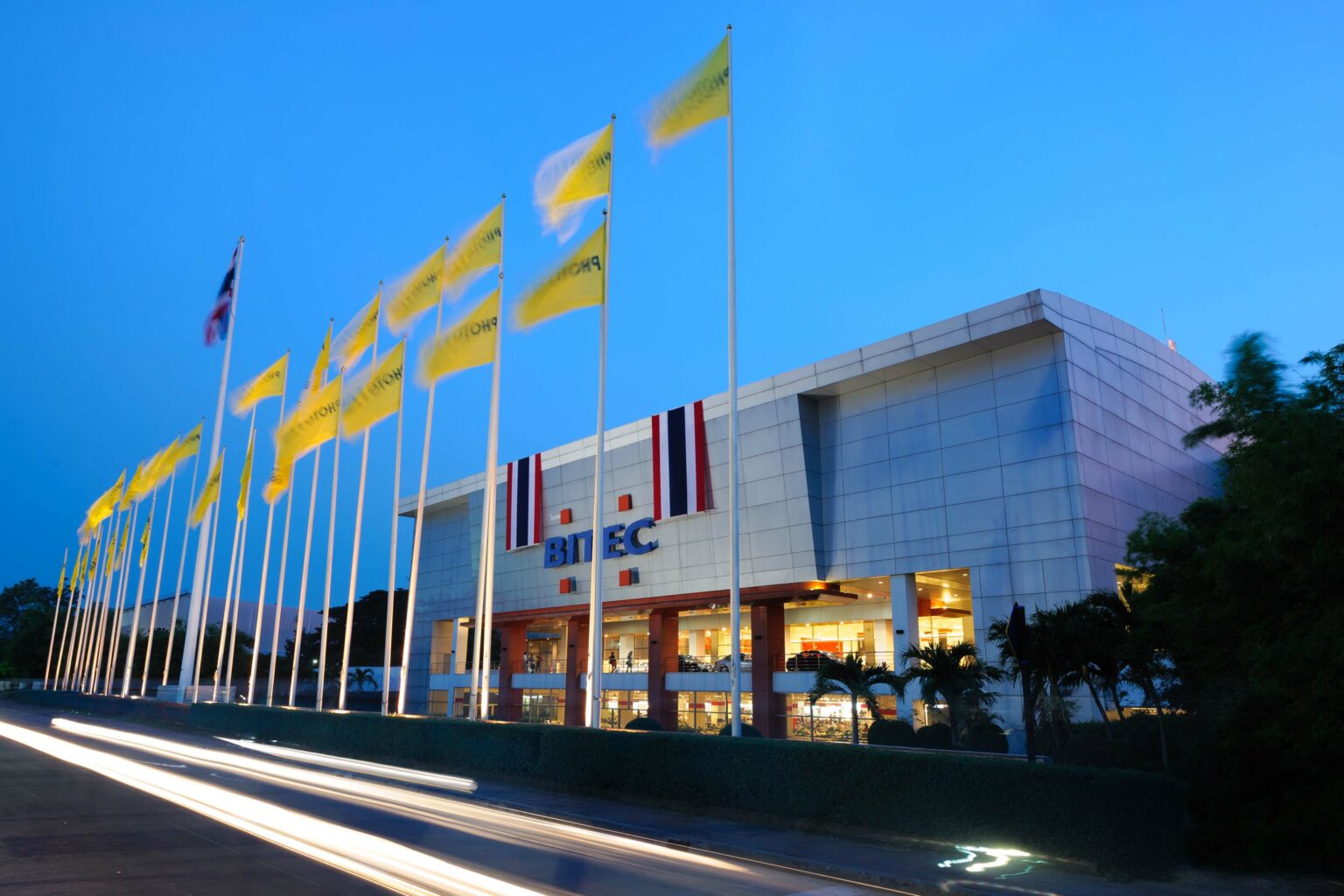

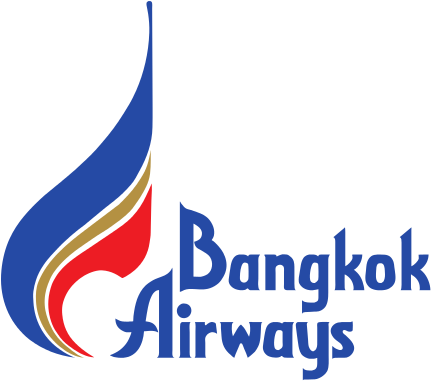
 Architecture
Architecture
 Religion
Religion
 Holidays
Holidays
 International cities
International cities
 History
History
 Important port
Important port
 Transport and traffic
Transport and traffic

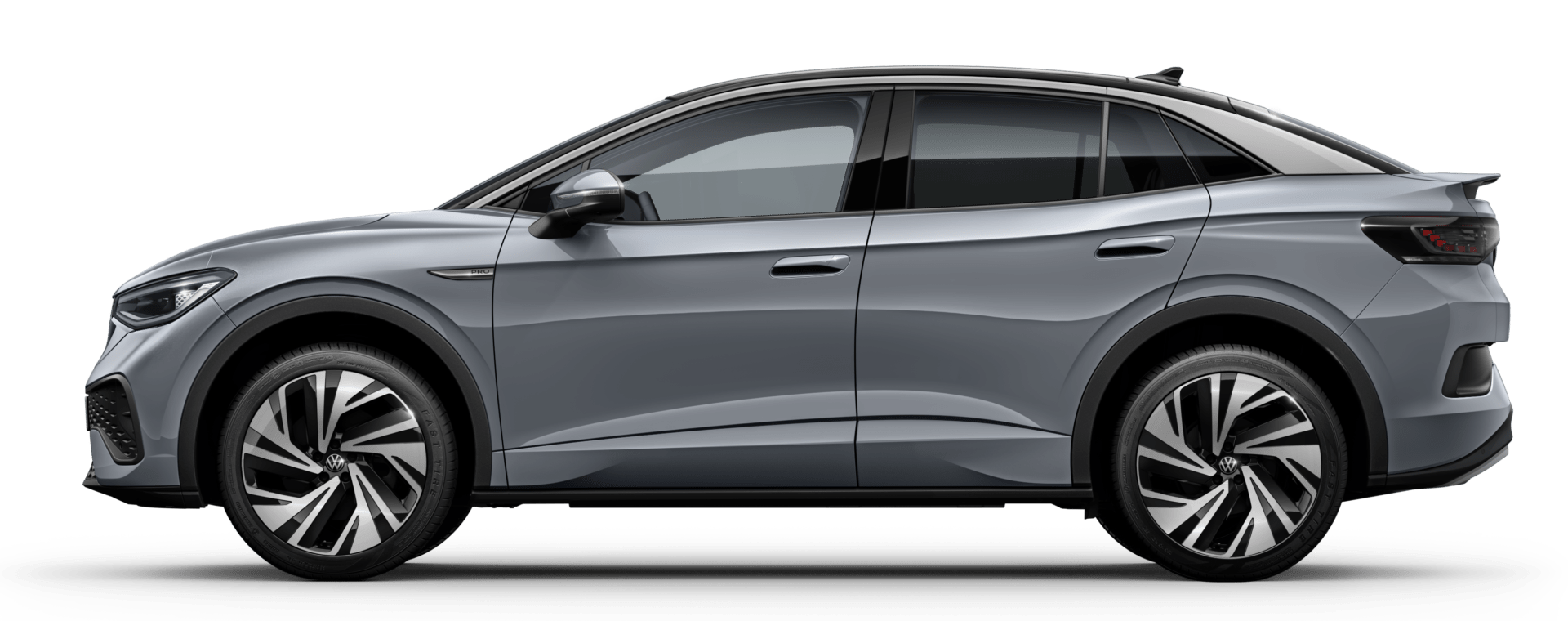
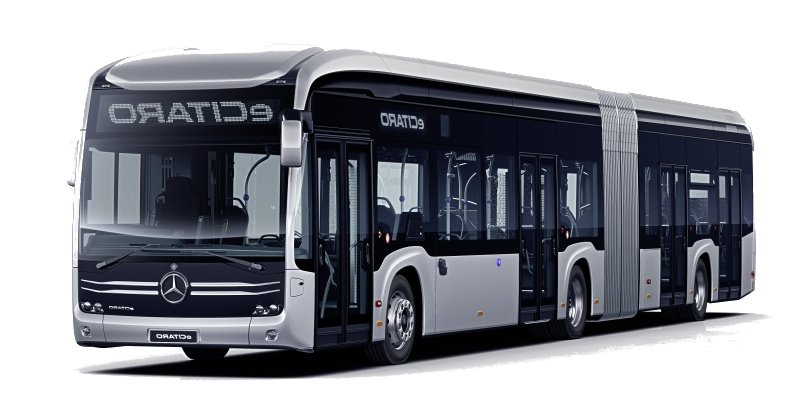
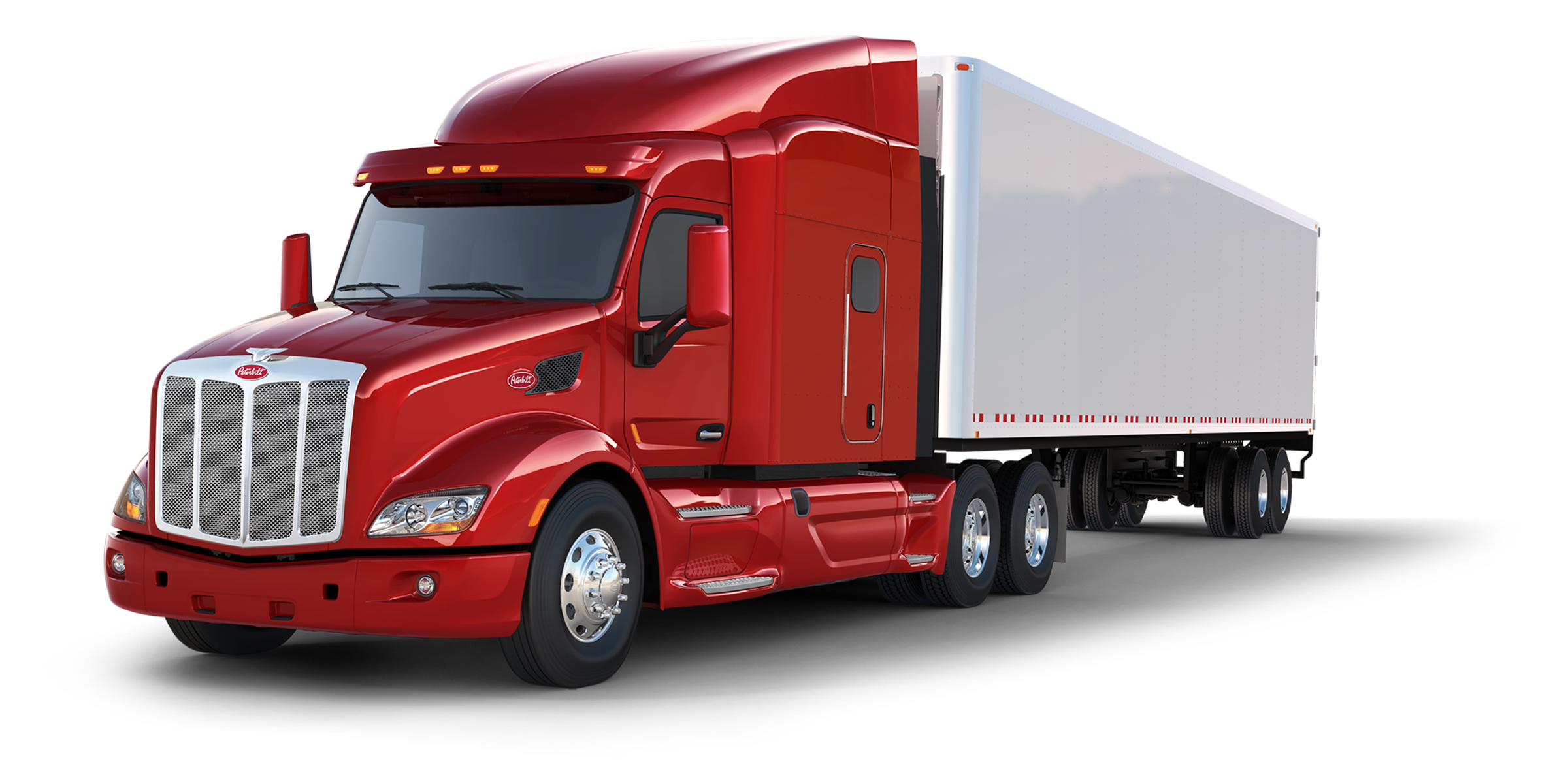 Automobile
Automobile
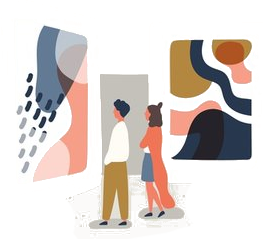 Exhibition
Exhibition
 Companies
Companies